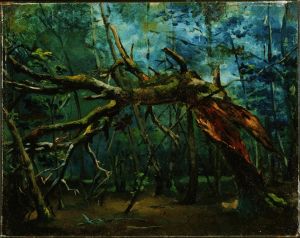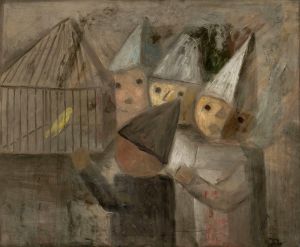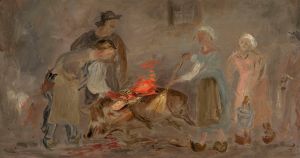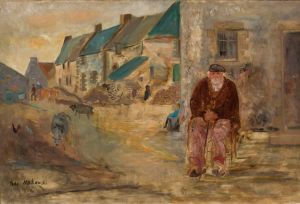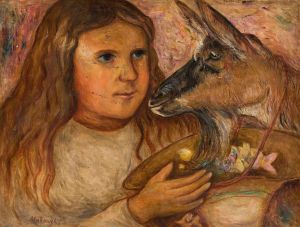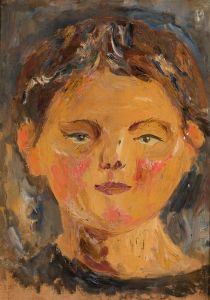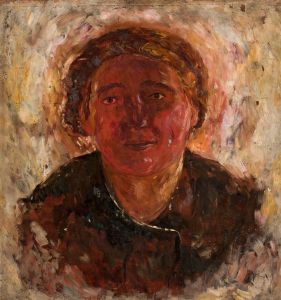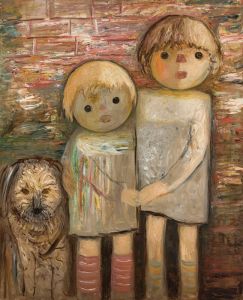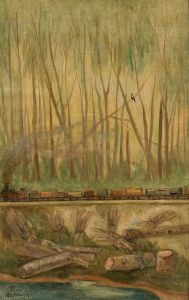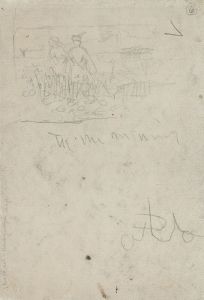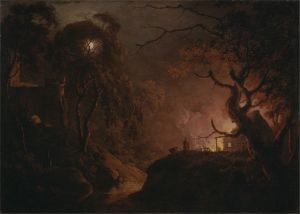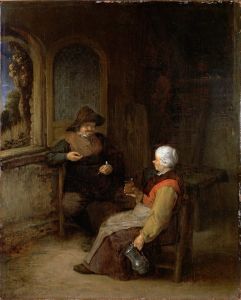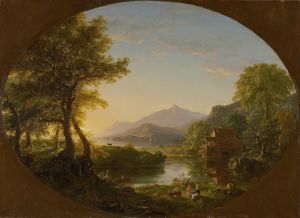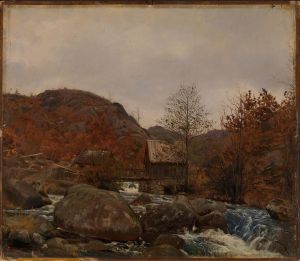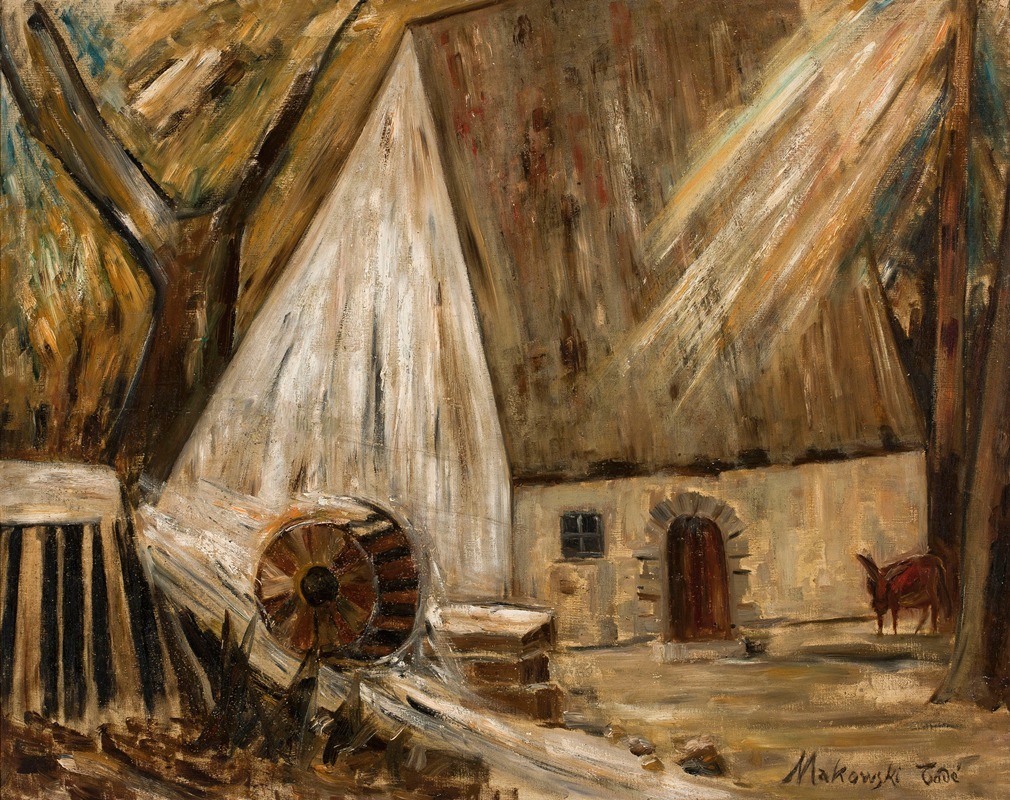
Mill
A hand-painted replica of Tadeusz Makowski’s masterpiece Mill, meticulously crafted by professional artists to capture the true essence of the original. Each piece is created with museum-quality canvas and rare mineral pigments, carefully painted by experienced artists with delicate brushstrokes and rich, layered colors to perfectly recreate the texture of the original artwork. Unlike machine-printed reproductions, this hand-painted version brings the painting to life, infused with the artist’s emotions and skill in every stroke. Whether for personal collection or home decoration, it instantly elevates the artistic atmosphere of any space.
Tadeusz Makowski was a Polish painter known for his unique style that combined elements of folk art, symbolism, and modernism. Born on January 29, 1882, in Oświęcim, Poland, Makowski initially studied classical philology at the Jagiellonian University in Kraków before turning to art. He attended the Academy of Fine Arts in Kraków, where he studied under prominent artists such as Józef Mehoffer and Jan Stanisławski. In 1908, he moved to Paris, where he became part of the vibrant artistic community and was influenced by various avant-garde movements.
Makowski's work is characterized by its simplicity, use of geometric forms, and a focus on themes of childhood and rural life. His paintings often feature children, animals, and scenes from everyday life, rendered in a style that blends realism with a touch of fantasy. Makowski's art reflects his interest in the innocence and purity of childhood, as well as his appreciation for the simplicity and beauty of rural landscapes.
"Mill" is one of Makowski's notable works, although specific details about the painting, such as its creation date, dimensions, and current location, are not widely documented. The painting likely depicts a mill, a common subject in Makowski's oeuvre, reflecting his fascination with rural settings and traditional ways of life. Mills, as a motif, often symbolize industry, self-sufficiency, and the passage of time, themes that resonate with Makowski's broader artistic concerns.
In "Mill," Makowski's distinctive style is evident in the use of bold colors, simplified forms, and a composition that balances realism with abstraction. The painting likely captures the essence of a mill through Makowski's unique lens, emphasizing its structural elements while imbuing the scene with a sense of whimsy and nostalgia. This approach aligns with Makowski's broader artistic vision, which sought to capture the world through the eyes of a child, finding wonder and beauty in the ordinary.
Makowski's time in Paris exposed him to various artistic influences, including Cubism and Fauvism, which may have informed his approach to composition and color in "Mill." However, he maintained a distinct style that set him apart from his contemporaries, focusing on the emotional and symbolic potential of his subjects rather than adhering strictly to any particular movement.
Throughout his career, Makowski exhibited his work in various galleries and salons, gaining recognition for his unique artistic voice. Despite the challenges of working during a tumultuous period in European history, including World War I and the interwar years, Makowski remained committed to his artistic vision, producing a body of work that continues to be celebrated for its charm and originality.
Tadeusz Makowski passed away on November 1, 1932, in Paris, leaving behind a legacy of paintings that capture the simplicity and beauty of everyday life. His work, including "Mill," remains an important part of Polish art history, reflecting the cultural and artistic currents of his time while offering a timeless exploration of universal themes.





